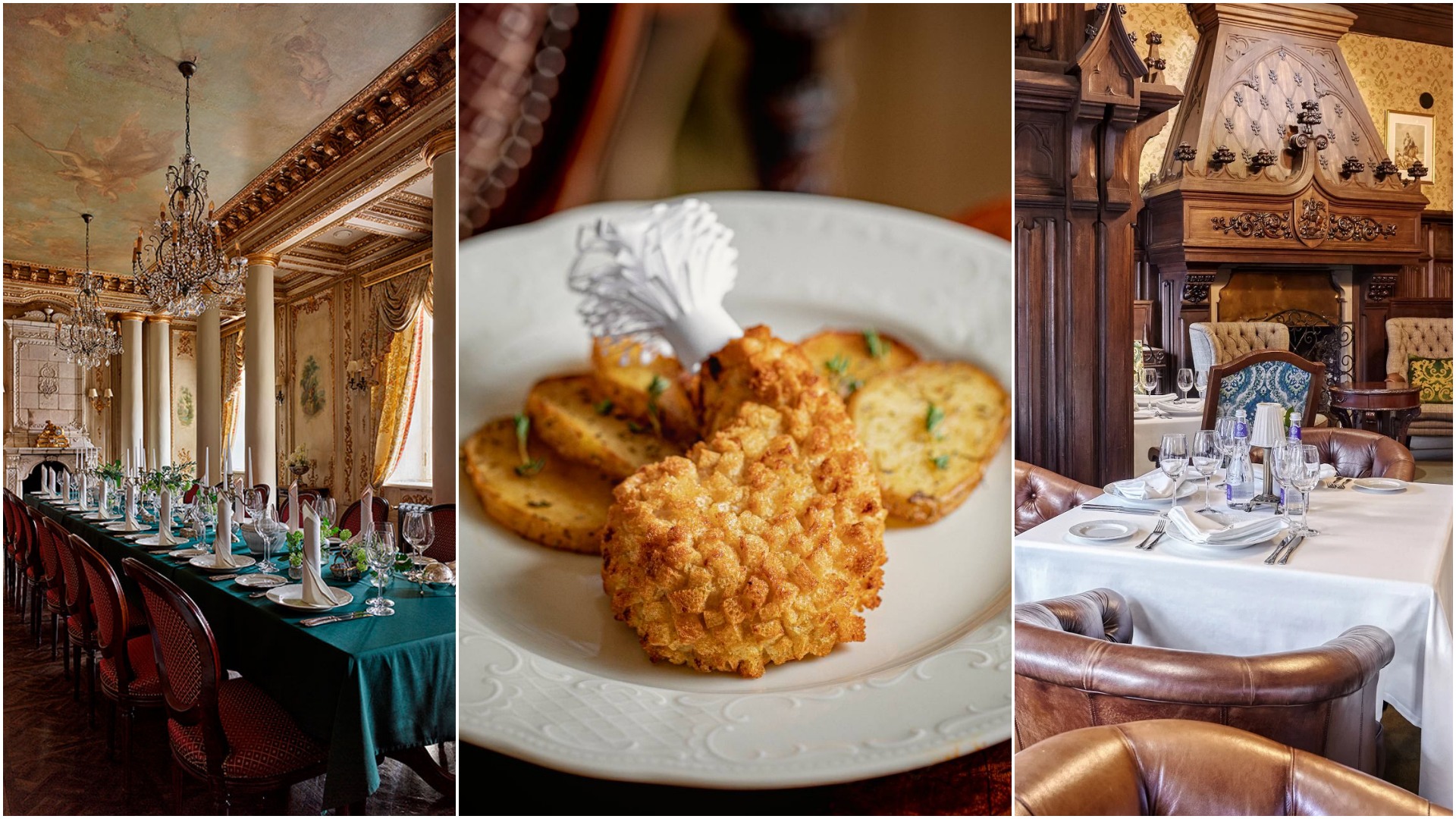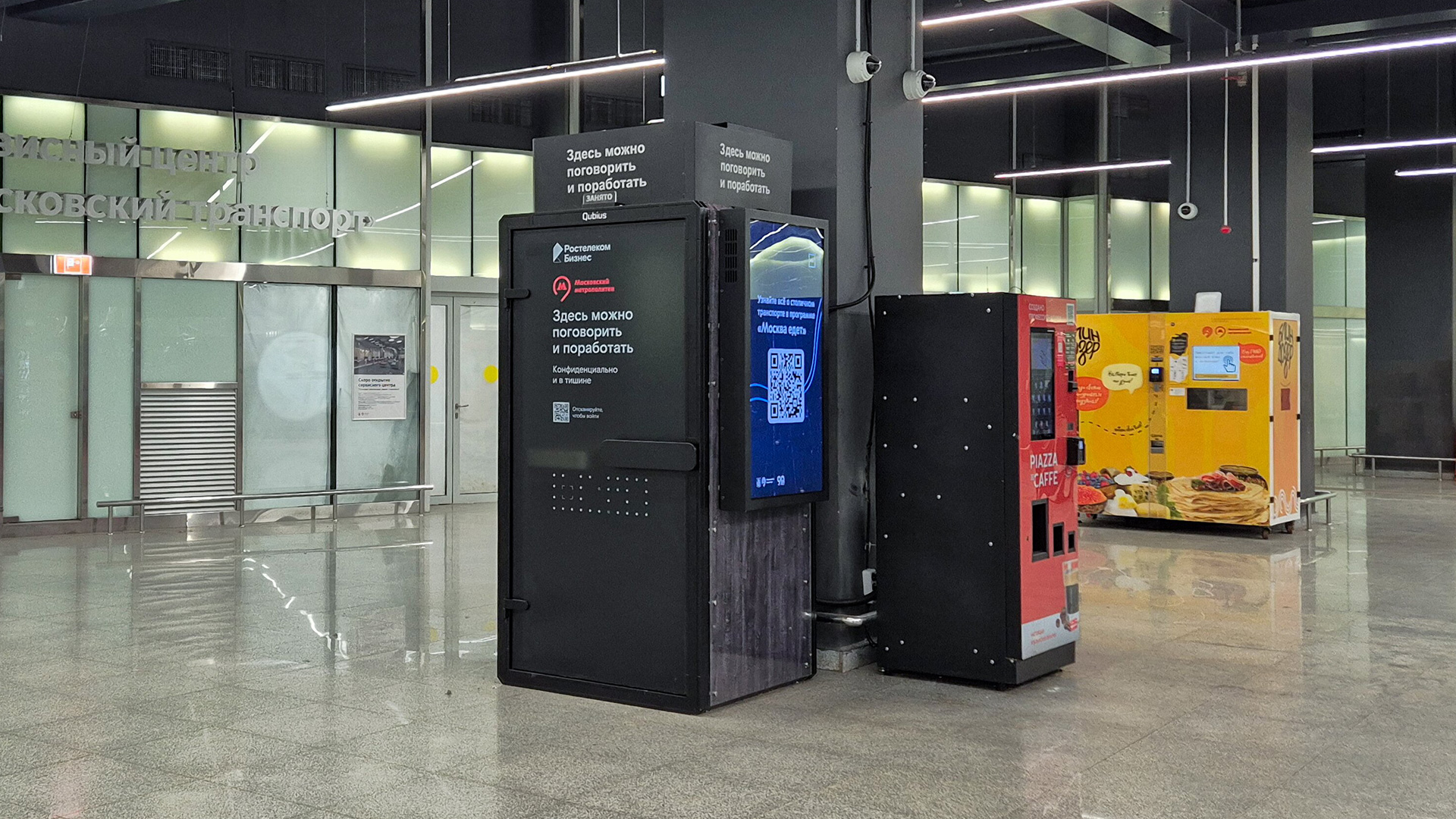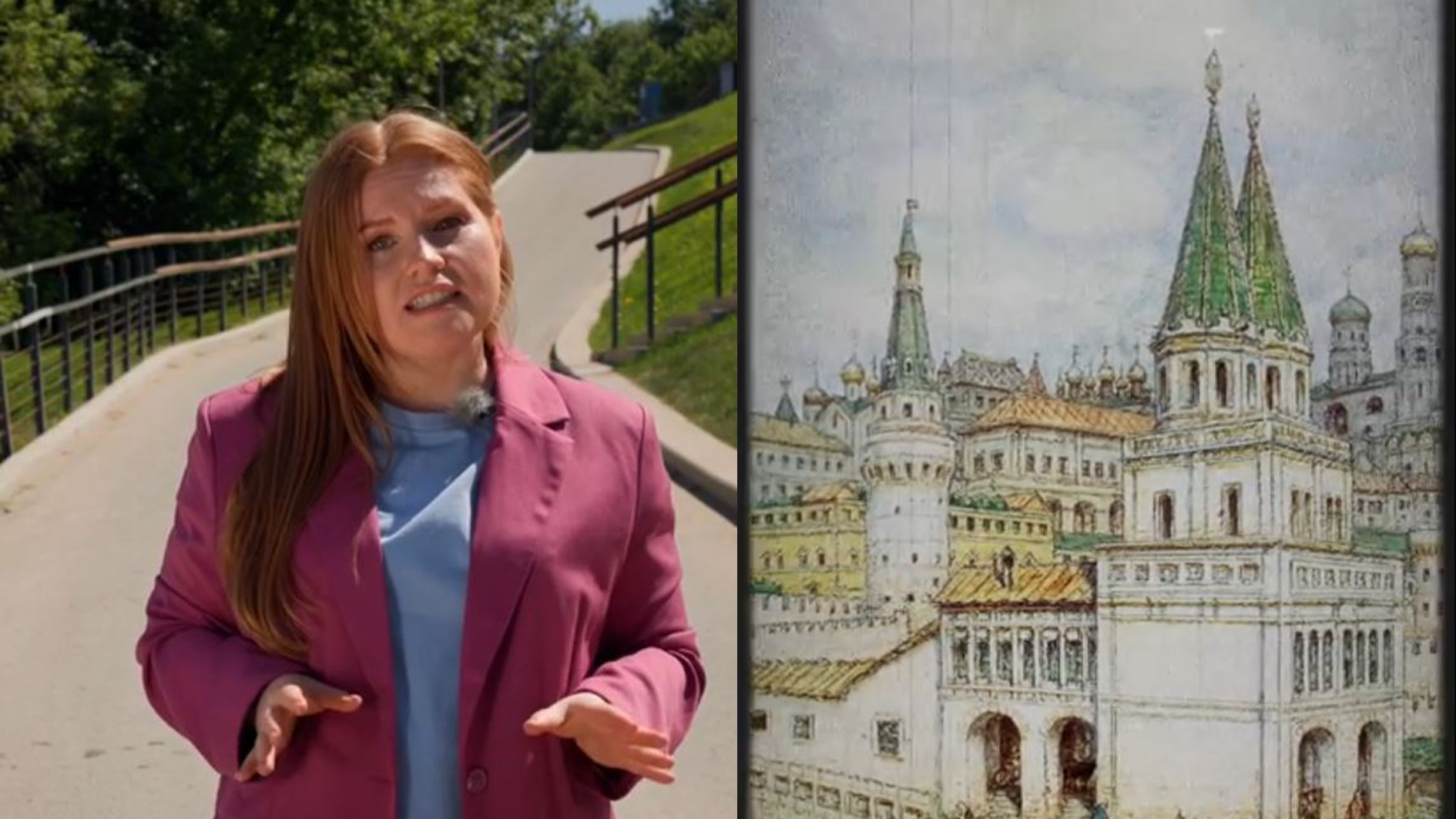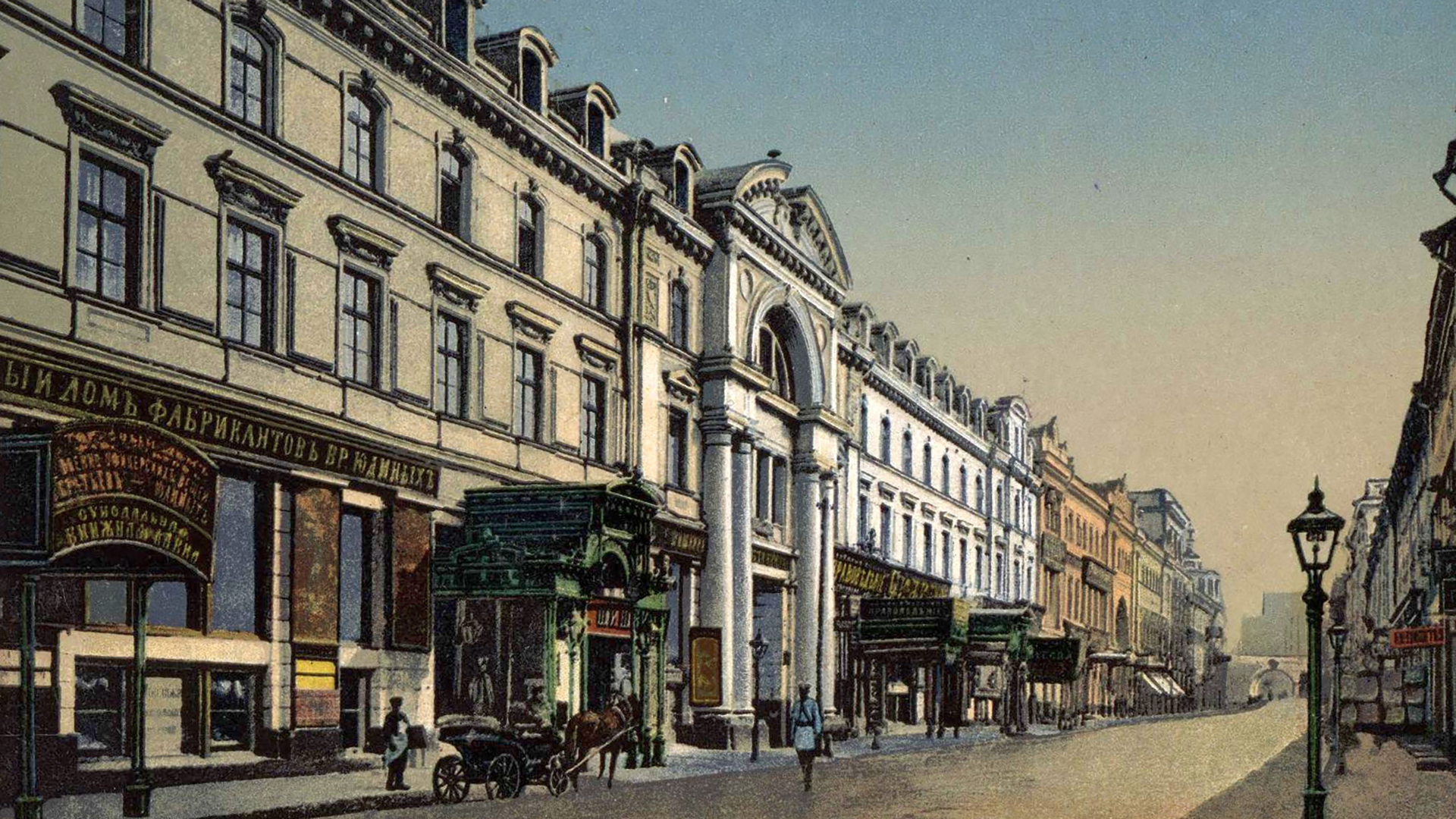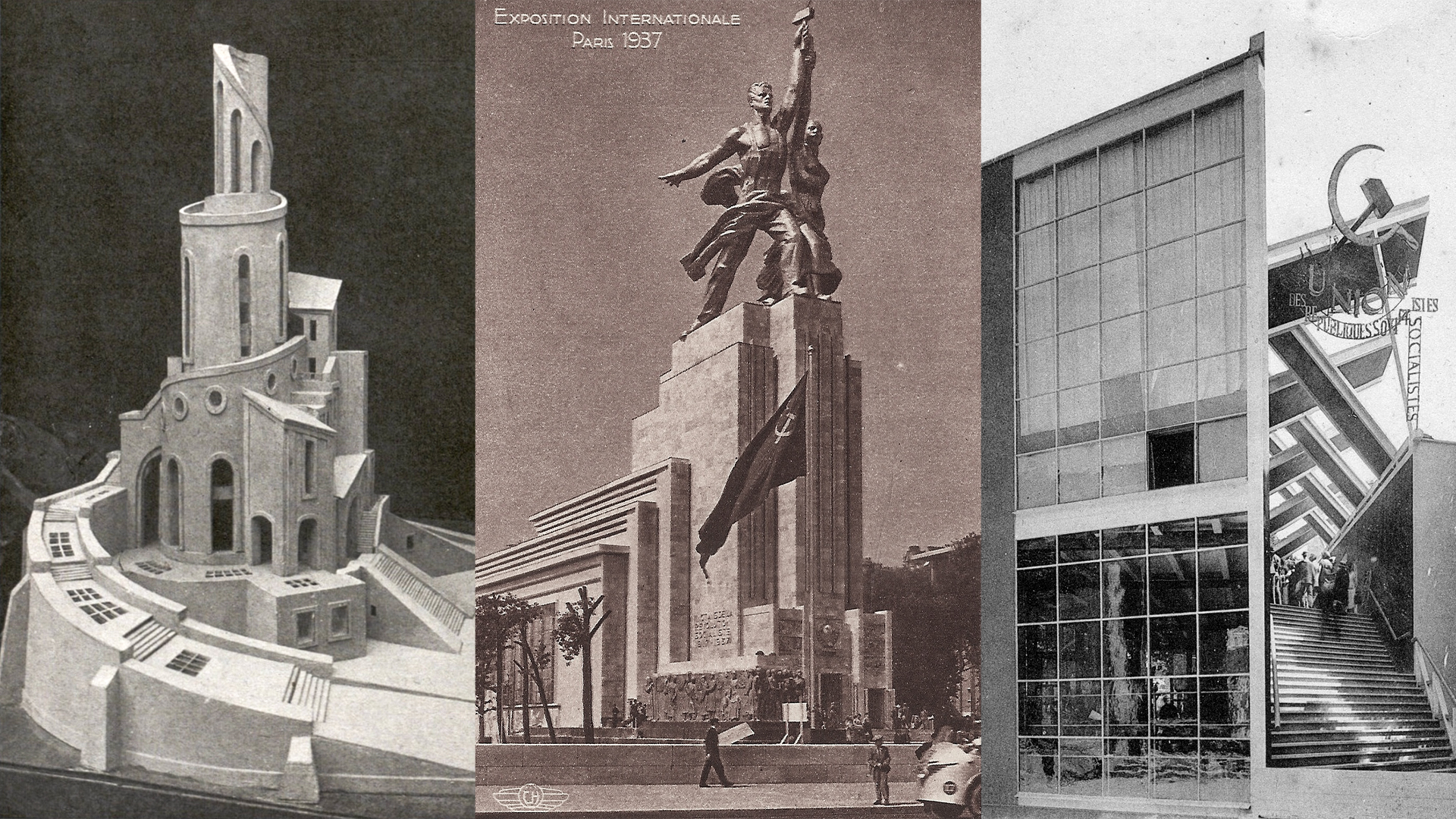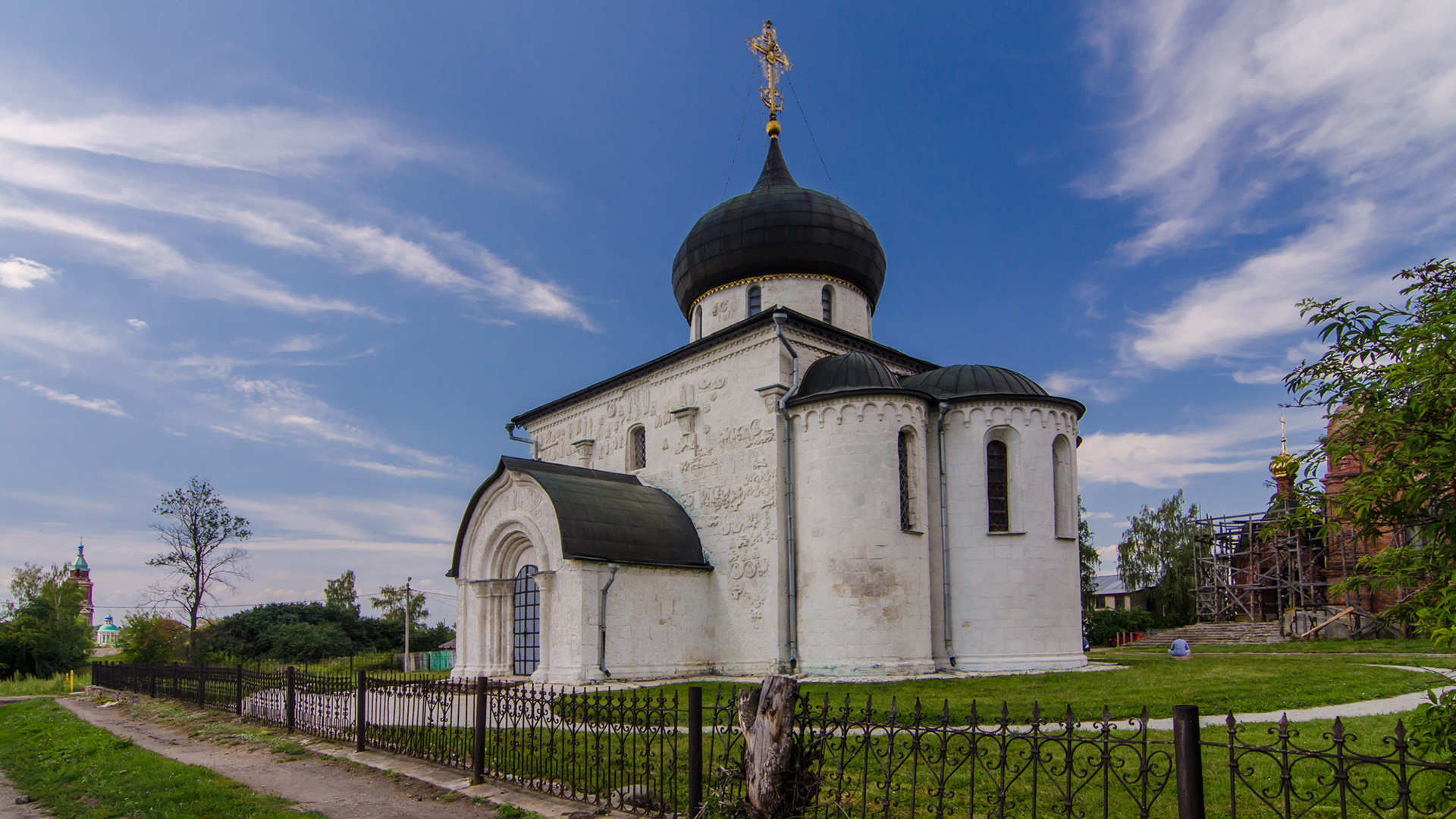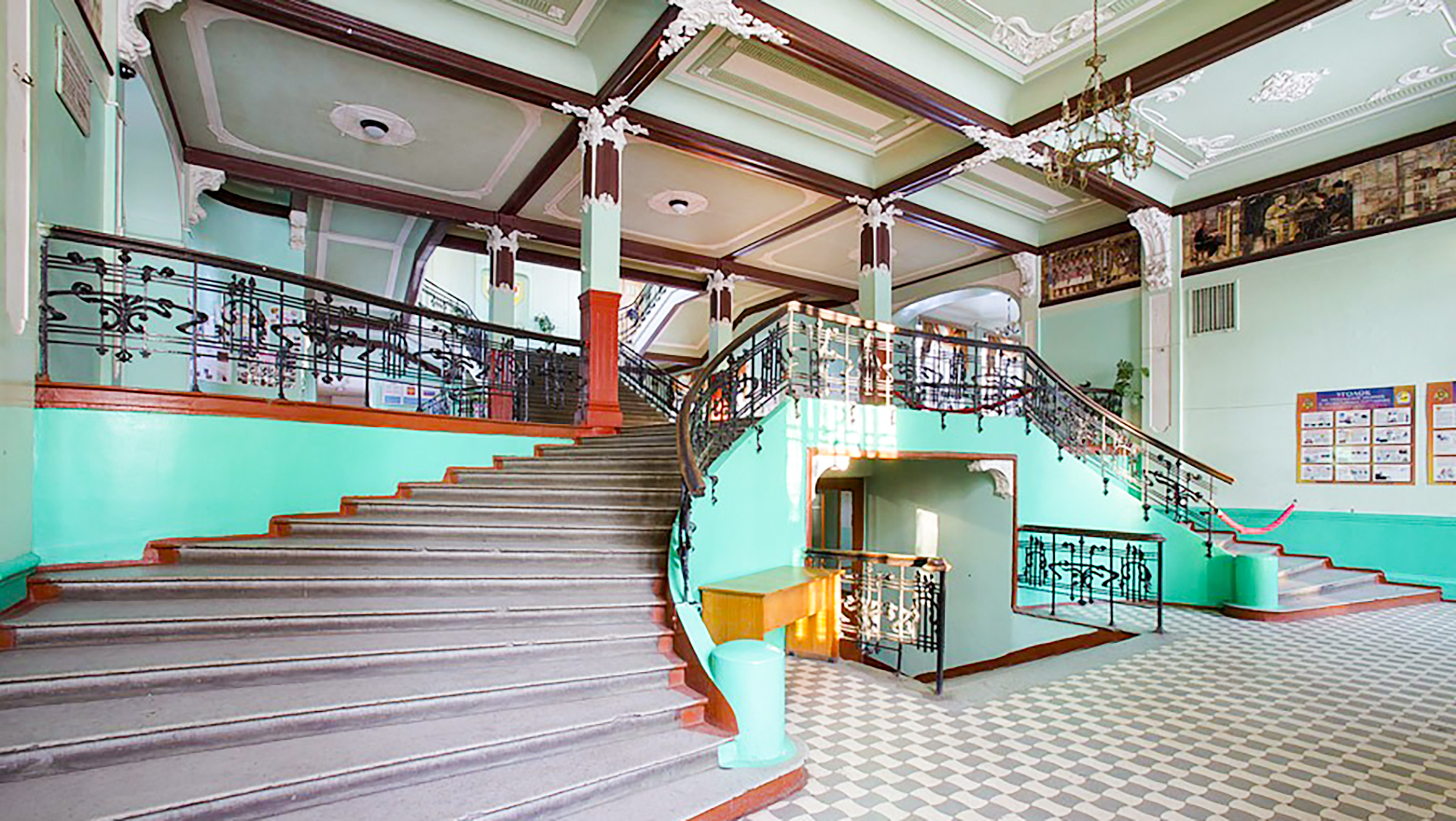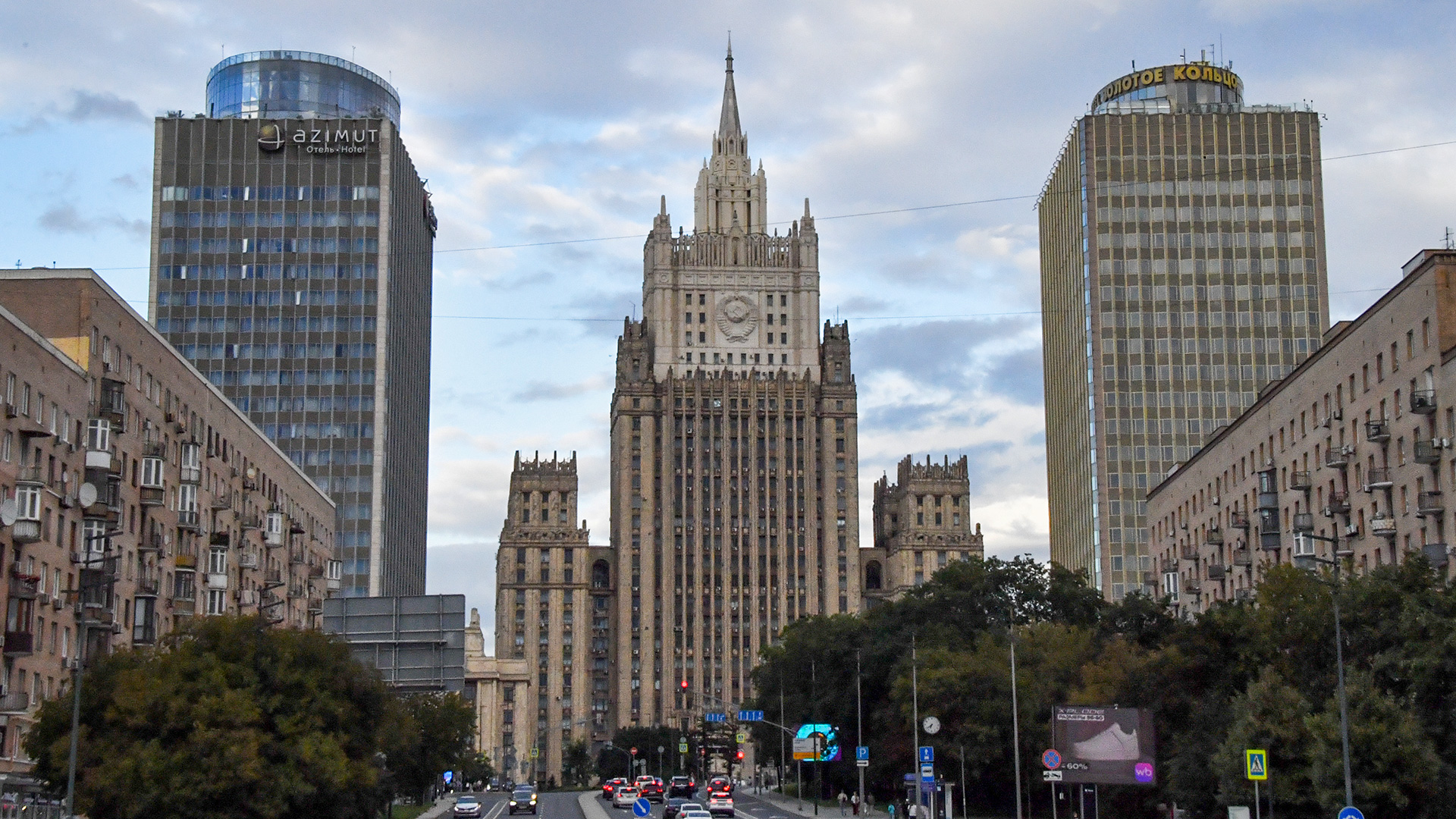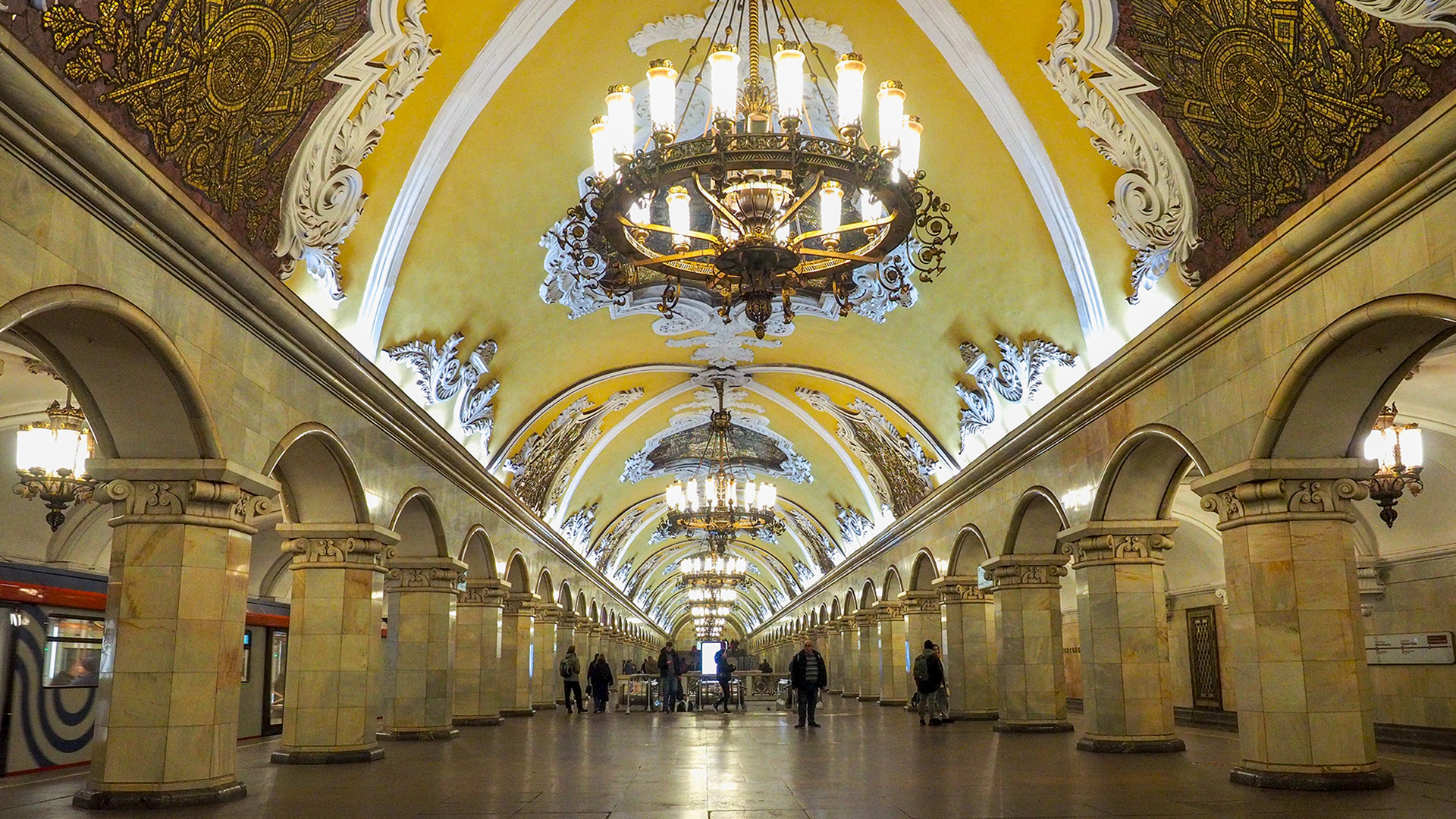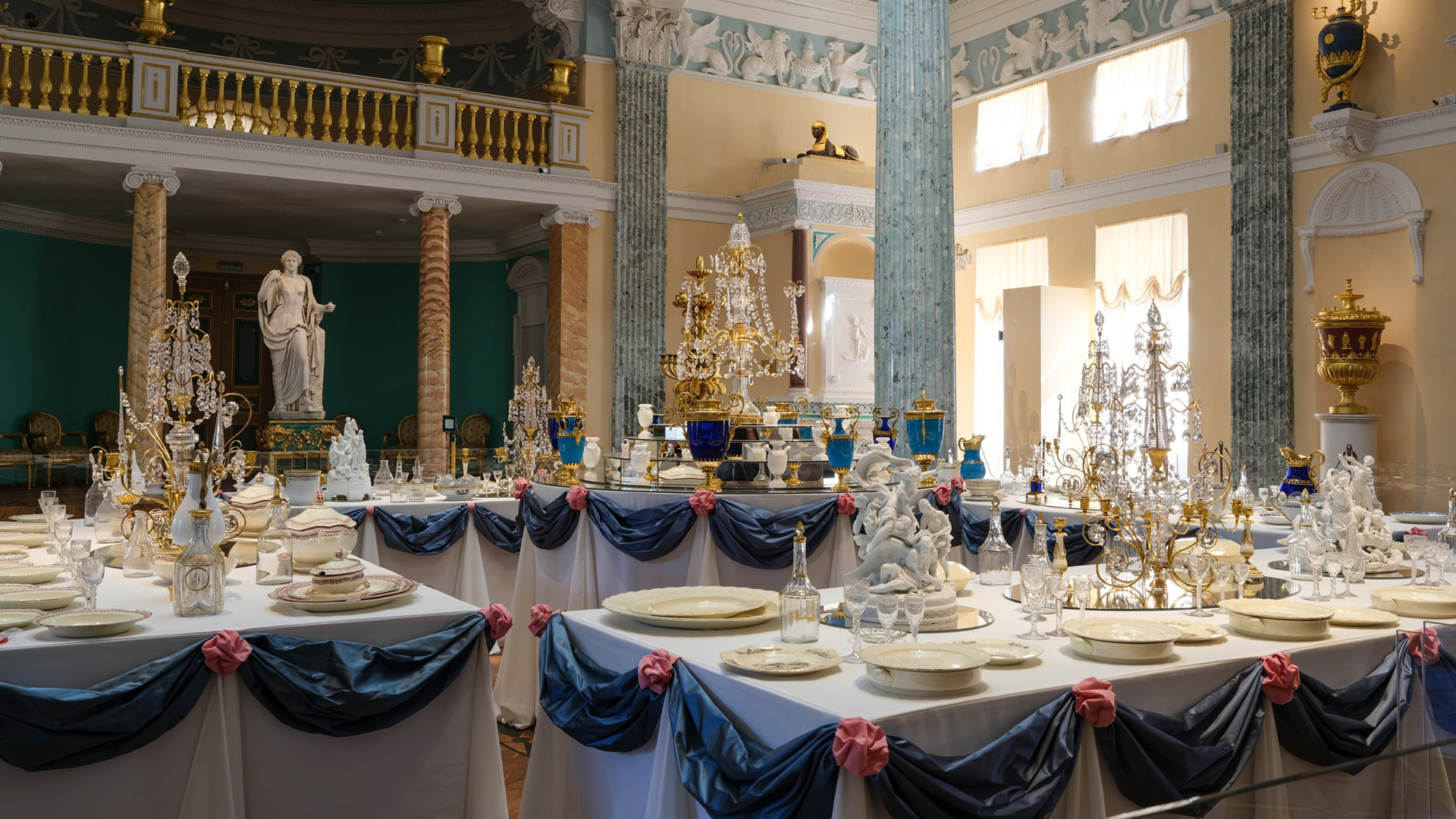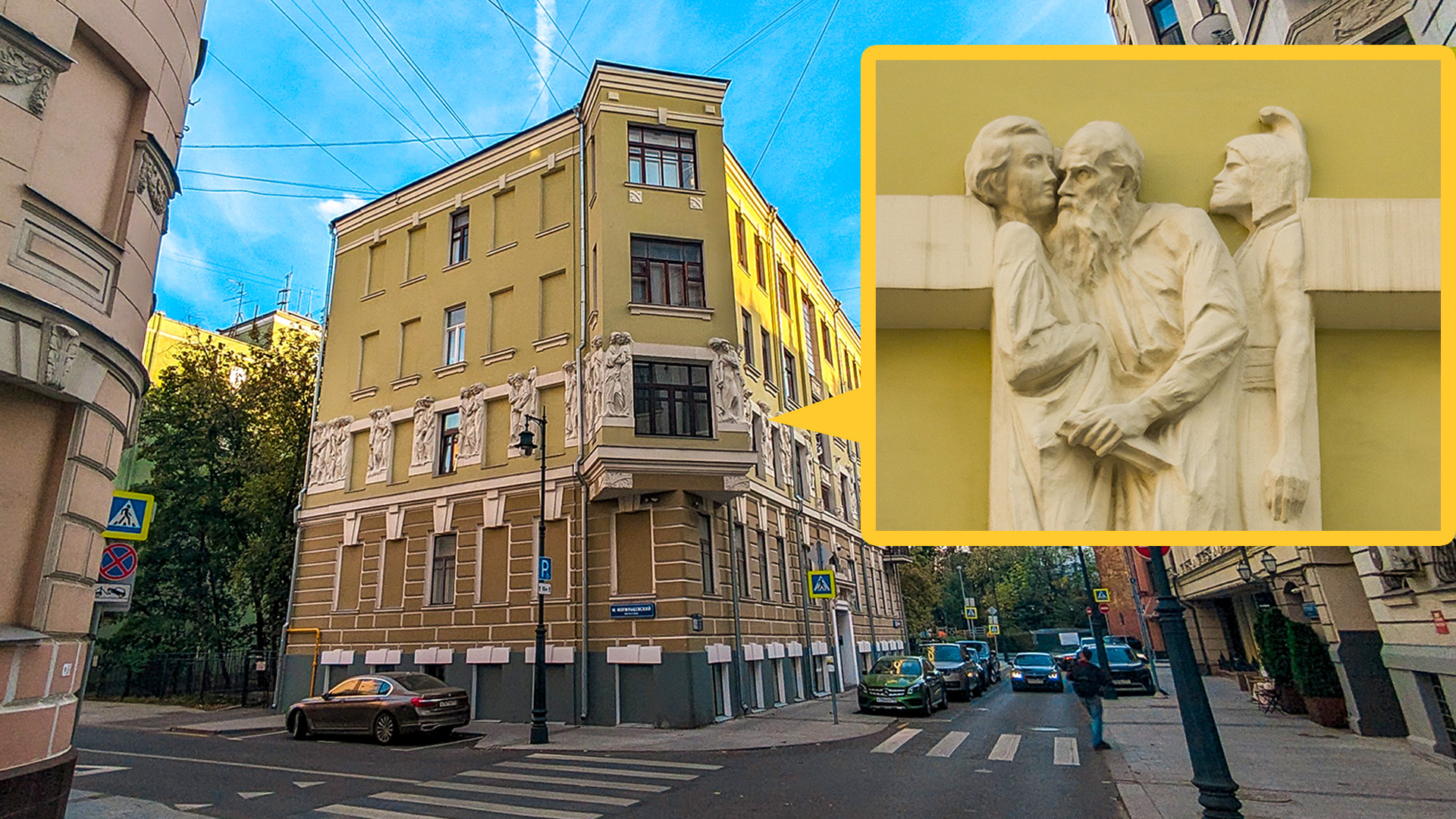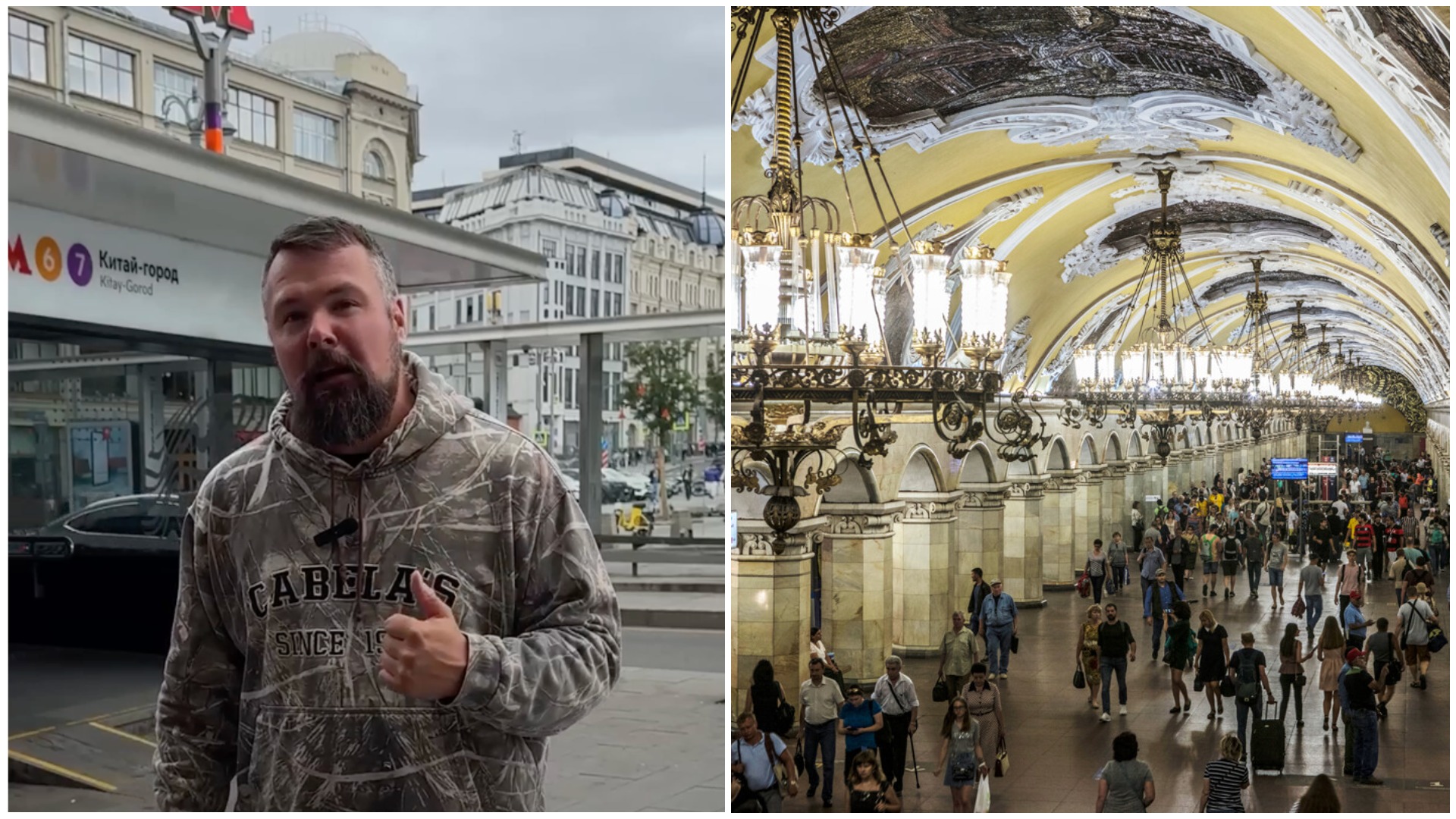
The CMEA Building: What you need to know about the monument of Soviet modernism (PHOTOS)

International construction
In 1949, the Soviet Union joined the Council for Mutual Economic Assistance (CMEA). This organization included Albania, Poland, Czechoslovakia, GDR, Mongolia, Cuba, Vietnam, Romania, Bulgaria and Hungary.

CMEA dealt with trade, mutual supply of products, machinery, raw materials and other things. In the early 1960s, it was decided that the Council's secretariat needed its own building in Moscow. Architects from CMEA countries participated in the competition and the winner was a Soviet project created by Mikhail Posokhin, Ashot Mndoyants and Vladimir Svirsky – a 105-meter tower with a curved shape resembling an open book.

Architectural historian Nikolai Vasiliev calls the CMEA building an example of socialist modernism. “This is the architecture of the thaw – simple transparent forms, open, visible through and through. The building opens onto the Ukraine Hotel and the main entrance to Moscow – the Vnukovo government airport is located to the west.”
Moscow's most un-Soviet building
The construction became one of the largest projects of that time – the stylobate occupied an area of 4.6 hectares. Not one, but three buildings were erected at once: the 11-storey ‘Mir’ hotel and a conference hall for 1,000 people were built nearby.

Moreover, representatives of all CMEA countries participated in the construction. Finishing materials were brought from Romania, furniture and equipment for simultaneous translation from Hungary, the GDR took on the electrical work, while the Czech Republic provided the elevators. Builders from Bulgaria, meanwhile, finished the building.
The 105-meter high-rise was built using the most modern technologies. For example, they used foam-filled exterior panels for the first time and the interior partitions were made prefabricated, so that the offices could be transformed, if necessary.

The conference hall was decorated with mosaics by Grigory Opryshko, author of the design for the Belorusskaya Moscow metro ring station. For that time, the appearance of abstract works, especially in an official institution, was an exceptional phenomenon.
During the coup
In 1991, the CMEA ceased to exist. The building on Novy Arbat was adapted for new purposes – the Moscow City Hall was relocated there.
Two years later, the usual course of life was disrupted by the events of the October coup: after President Boris Yeltsin signed decrees dissolving the Supreme Soviet and the Congress of People's Deputies, his opponents announced his removal from office and his actions were called a coup d'état.

At the end of September, the ‘Mir’ hotel became a platform for negotiations between the conflicting parties. But, political disagreements escalated into an armed uprising.
A few days later, protesters seized both the hotel and the CMEA building. As a result of the confrontation, several floors of the high-rise were destroyed. Repairs were done quickly – deputies of the State Duma settled here for six months.

And when they moved to the building overlooking Okhotny Ryad six months later, the Moscow mayor's office remained there. Today, only the high-rise building and the conference hall remain from the huge complex of CMEA buildings, but even they will soon become history – a new multifunctional complex is going to be built in its place.


